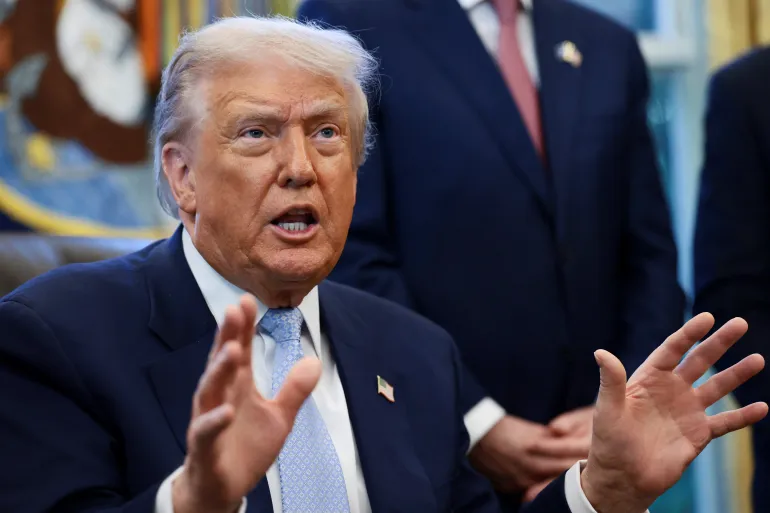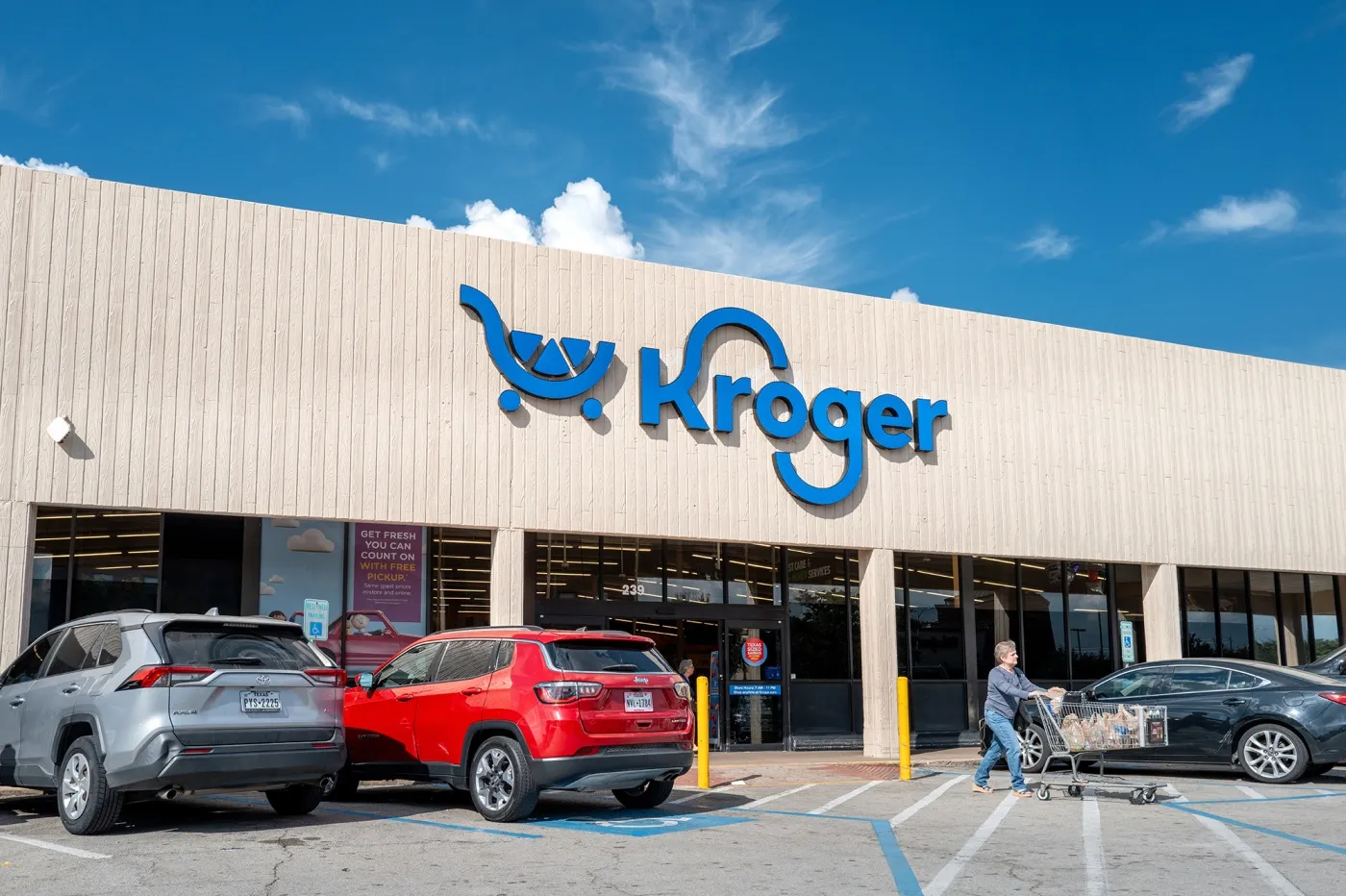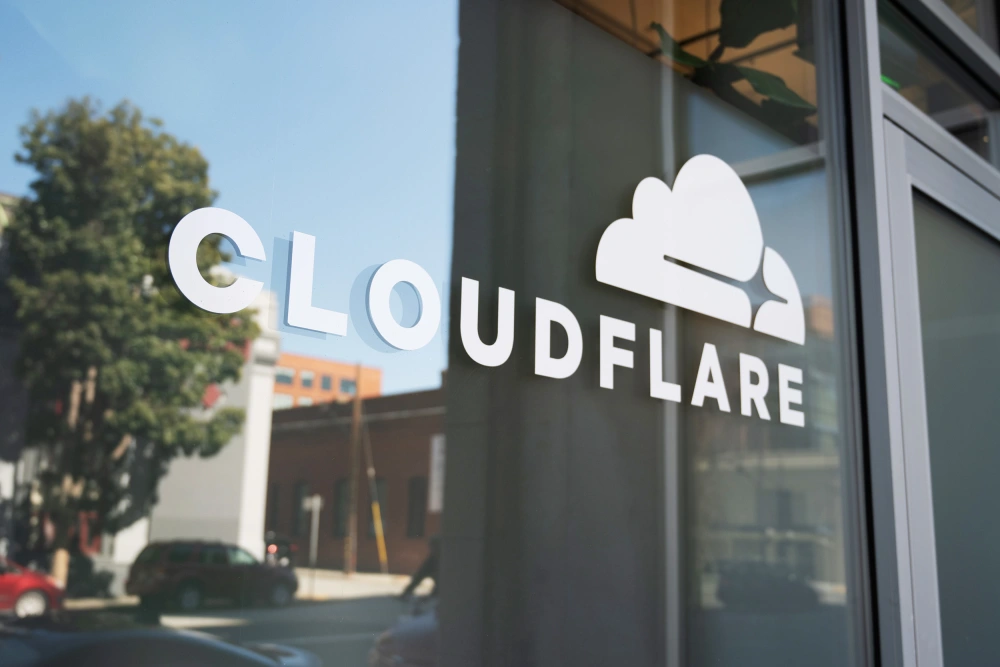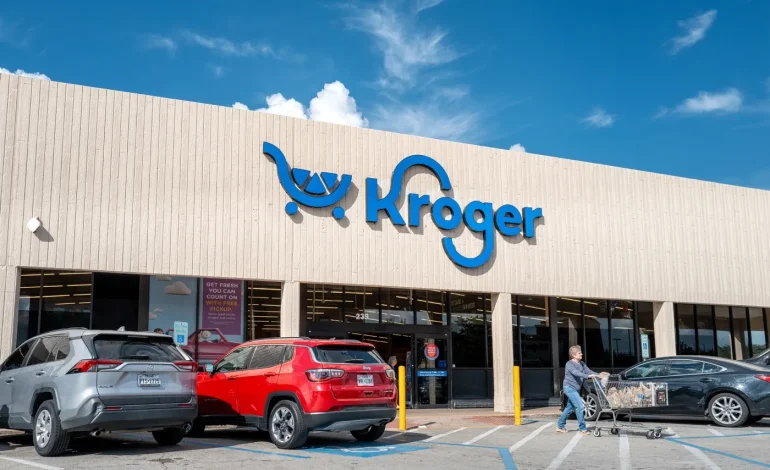Reuters, Bloomberg, and the Financial Times contributed to this report.
Kroger is dialing back one of its big e-commerce bets — and it’s coming with a multibillion-dollar price tag.
The US grocer said it will close three automated delivery fulfillment centers in Wisconsin, Maryland and Florida in January and book an impairment charge of about $2.6 billion in its third quarter. The company stressed the move won’t affect its core sales, but it does mark a major reset of its online strategy.
Instead of leaning so heavily on giant, high-tech warehouses, Kroger is shifting toward a “capital-light” approach built around:
- More deliveries picked from its own stores, especially in dense urban areas;
- Deeper partnerships with third-party platforms like Instacart, DoorDash and Uber Eats.
The company says it now expects to boost e-commerce profitability by roughly $400 million in fiscal 2026 as it restructures.
Back in 2018, Kroger signed a high-profile deal with UK-based Ocado, betting that fully automated fulfillment centers — where fleets of robots zip around picking and packing groceries — would define the future of online food shopping.
The idea was bold: build up to 20 big automated distribution hubs across the US, then let demand grow into them. But the economics never quite clicked.
The centers are expensive to build and run, and they generally only make sense when they’re running close to full capacity. Kroger’s online sales simply weren’t big enough in some regions to justify the cost.
Kroger had already hinted at a retreat in September, telling investors it was doing a “site-by-site” review of its Ocado-powered network. Now it’s making cuts: three sites will close, and the remaining five automated facilities will be “monitored” for performance.
The decision is a serious blow to Ocado’s tech-licensing ambitions.
The company said it will:
- Lose about $50 million in revenue this financial year because of the closures;
- Receive over $250 million in compensation from Kroger.
Even with that payout, investors were spooked. Ocado’s shares slumped more than 20%, briefly knocking its market value down to around £1.4 billion — a far cry from the £20 billion peak it reached in the 2020 pandemic e-commerce boom.
One longtime Ocado skeptic called Kroger’s move “a devastating blow” to the credibility of the automated-warehouse model, arguing the “build it and they’ll come” strategy was never realistic.
Ocado insists it still expects “significant growth” in the US and will continue to work with Kroger, as well as partners like Coles (Australia), Morrisons (UK) and Sobeys (Canada).
The broader retail trend hasn’t helped Ocado’s case.
Major chains like Walmart in the US and Tesco in the UK have increasingly shifted toward fulfilling online orders directly from stores, which are closer to customers and cheaper to ramp up. That approach also allows retailers to flex staff between in-store shoppers and order picking.
Kroger’s interim CEO Ron Sargent framed the shift as a practical one: focus on profitable online growth, even if that means pulling back from the futuristic warehouse vision touted under former CEO Rodney McMullen, who signed the Ocado deal in 2018 and left earlier this year after a board investigation.
E-commerce is still growing for Kroger — but executives have been clear it’s not yet profitable. After a four-month review, the company concluded that some of its big automated hubs were simply not meeting financial expectations.
Now, the grocer wants to blend:
- Store-based fulfillment and automation in high-density areas;
- Third-party delivery partners to widen reach and speed up delivery;
- A smaller network of select automated warehouses where the math still works.
Kroger says that mix should leave it with a leaner, more flexible online operation — and, if all goes to plan, far better margins.
For Ocado, though, it’s a harsh reminder that even the smartest robots can’t fix a strategy that doesn’t add up in the real world.










The latest news in your social feeds
Subscribe to our social media platforms to stay tuned